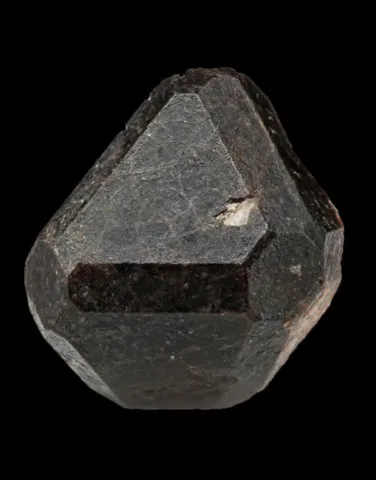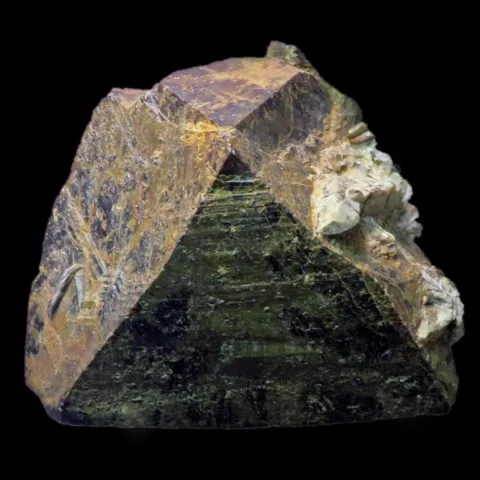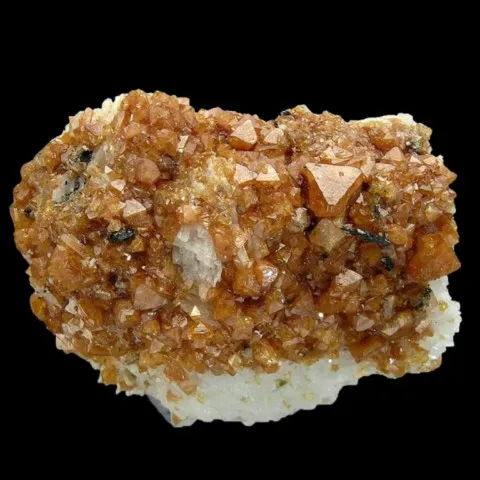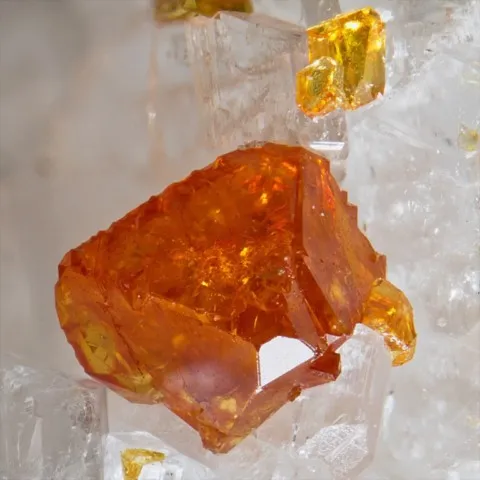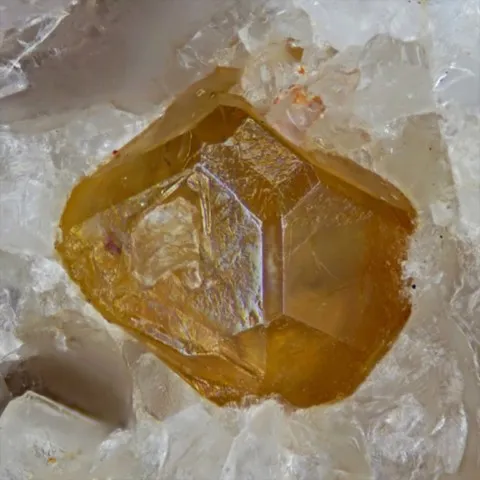MICROLITE
Class : Oxides and hydroxides
Subclass : Oxides
Crystal system : Cubic
Chemistry : (Ca,Na)2Ta2O6(O,OH,F)
Rarity : Quite common
Microlite is a complex tantalum oxide that forms a continuous series with pyrochlore, its equivalent to niobium. These two minerals belong to the pyrochlore group of which it constitutes the two main representatives. Microlite is found mainly in sodolithic pegmatites associated with lepidolite and sometimes spodumene. Its name comes from the Greek mikros (small), in allusion to the dimensions of the defining crystals. Microlite is a frequently metamict mineral which crystallizes in octahedra sometimes modified by the shapes of the cube and the dodecahedron. Its color varies : pale yellow to brown, black-brown to red-brown, sometimes red. it is the principal ore of tantalum and an important rare earth ore.
Main photo : Microlite from Hollister prospects, Connecticut, USA © Harold Moritz
Microlite in the World
Twinning
Twins are known on {111} (spinel twin law).
Fakes and treatments
No fakes recorded for this mineral species.
Hardness : 5 to 5.5
Density : 5.9 to 6.4
Fracture : Irregular to sub-conchoidal
Streak : Light yellow to brown
TP : Transparent to opaque
RI : 1.930 to 2.020
Birefringence : 0
Optical character : None
Pleochroism : None
Fluorescence : None
Solubility : Hydrochloric acid
Magnetism : NoneRadioactivity : Very low

